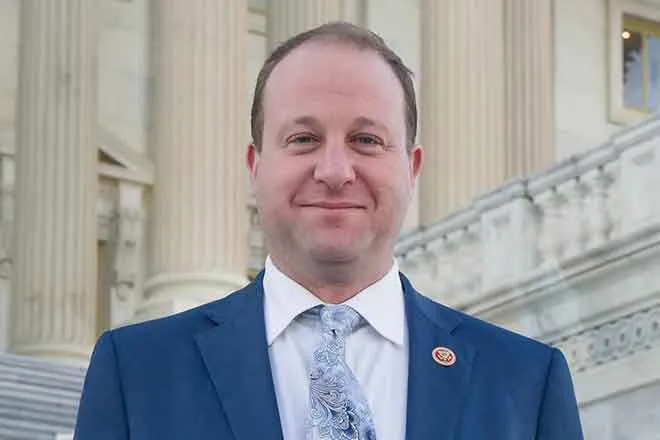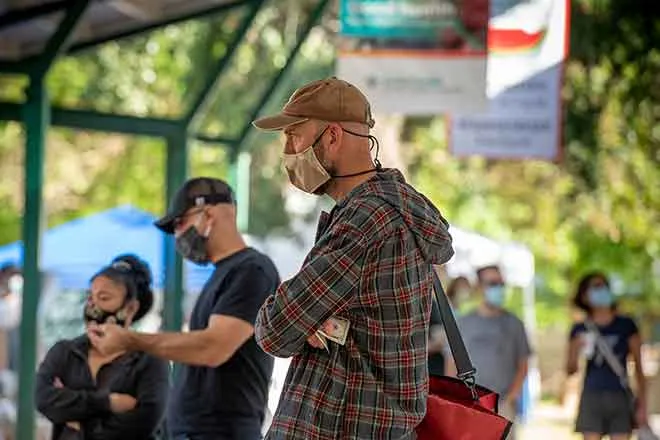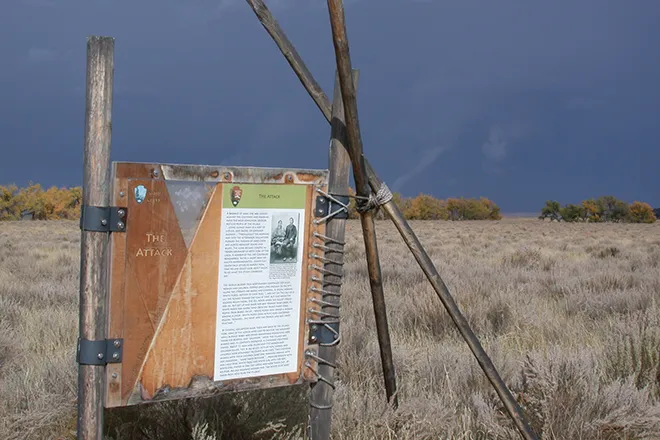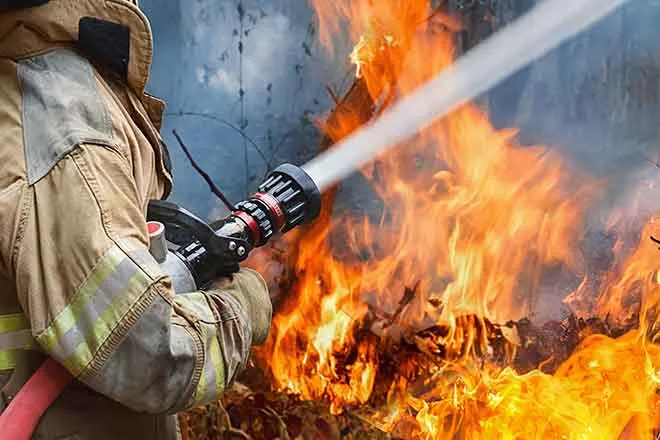
Mark Hillman’s Capitol Review - Colorado highways are crumbling due to CDOT neglect
© iStock - nick1803
Colorado highways are among the worst in the nation. That’s hardly news to anyone who travels across our state.
Only two states report a larger share of interstate highway in poorer condition than Colorado. Less-traveled highways are even worse.
In 2021, the Democrat-controlled legislature passed a $5.4 billion package of new “fees” – including an annual increase in fuel prices and that irritating 29 cents only Coloradans pay on every Amazon order – supposedly to boost the transportation budget.
Despite that infusion of money, Colorado Department of Transportation (CDOT) predicts the condition of every category of state-maintained highways will get even worse over the next seven years. By 2031, just 25 percent of interstate highways will be in good condition; state highways will be even worse.
Many communities may complain about their highways, but the roads in my home of Kit Carson County could be the most dangerous in Colorado.
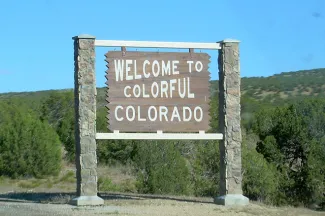
Visitors from Kansas enter Colorado on Interstate 70. Until late last year, the “Welcome to Colorful Colorado” sign was instantly accompanied by the teeth-rattling rumble caused by a concrete highway falling apart. Embarrassed by social media posts, Colorado put a band-aid repair on the first half mile inside the state line.
This year, CDOT issued a contract for an on-the-cheap project to “resurface” 23 miles of I-70 starting at the Kansas border. For the first 13 miles, a thin layer of asphalt will cover crumbling concrete beneath. Potholes aren’t fixed but filled with asphalt – a temporary patch soon eroded by underlying decay.
For the next 10 miles, CDOT has ordered a better but still inadequate repair. Contractors grind up old asphalt and replace it with six inches of new asphalt. However, asphalt doesn’t last as long as concrete.
CDOT’s public announcement laughably claims, “Resurfacing can greatly extend the life of the asphalt pavement; (s)ome highways may last more than 50 years with periodic resurfacing of the top layer of asphalt and timely repairs” (emphasis added).
As they used to say on Saturday Night Live, “Yeah, and monkeys might fly out of my butt!”
Timely repairs clearly are not a priority for the Colorado Transportation Commission, which is more concerned about discouraging Coloradans from driving at all.
The I-70 project ostentatiously omits the last 13 miles of eastbound I-70 approaching the Kansas border. This stretch of highway is a minefield of enormous potholes. The shoulder is littered with chunks of concrete which broke loose when unsuspecting drivers hit these craters at 75 mph.
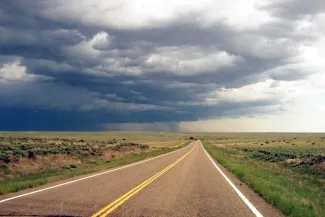
© Chris Sorensen
For eastbound I-70 drivers, the most-welcome sight is Kansas where roads are properly maintained.
Two secondary US highways in this county are equally embarrassing.
US-24 parallels I-70 and is preferred by local residents and farm traffic hauling grain or cattle. Craters on US-24 were so bad earlier this summer that locals began using spray paint to point out the worst hazards. An embarrassed CDOT instructed the local crew to fill potholes. But with traffic often diverted to US-24 due to construction and weather closures on I-70, this highway will get worse fast.
North-south traffic travels US-385, which parallels Colorado’s eastern border. This two-lane highway rarely has more than a few inches of shoulder and is a favorite route for oversize loads, including wind farm components and off-road equipment that can cover the entire roadway.
Oversize loads pay expensive fees to use US-385, but those fees clearly aren’t reinvested in road maintenance. Highway shoulders are disintegrating so badly that the white line often disappears. Elsewhere the center stripe looks like yellow islands surrounded by endless “cracks” which have been patched and re-patched.
For this, Coloradans can thank Governor Jared Polis and his appointees to the Transportation Commission, whose unwritten policy must be: “Make drivers miserable.” They brag to New York Times that Colorado isn’t building new roads: “Polis signed a law that required the state to reduce greenhouse gas emissions by 90 percent within 30 years. As the state tried to figure out how it would get there, it zeroed in on drivers. … To reduce emissions, Coloradans would have to drive less.”
Neither Polis nor the Commission seem to care that good highways are essential to rural life where walking and biking are impractical. Nine northeastern counties in CDOT District 11 have been without representation for several months, a vacancy that lies squarely at the feet of Polis who has purged the commission of members who prioritize maintaining rural roads.
Sometimes the War on Rural Colorado is waged aggressively. When it comes to rural roads, it’s waged by outright neglect.
Mark Hillman represented the Eastern Plains in the Colorado Senate from 1999 to 2005. To read more or comment, go to www.MarkHillman.com.




